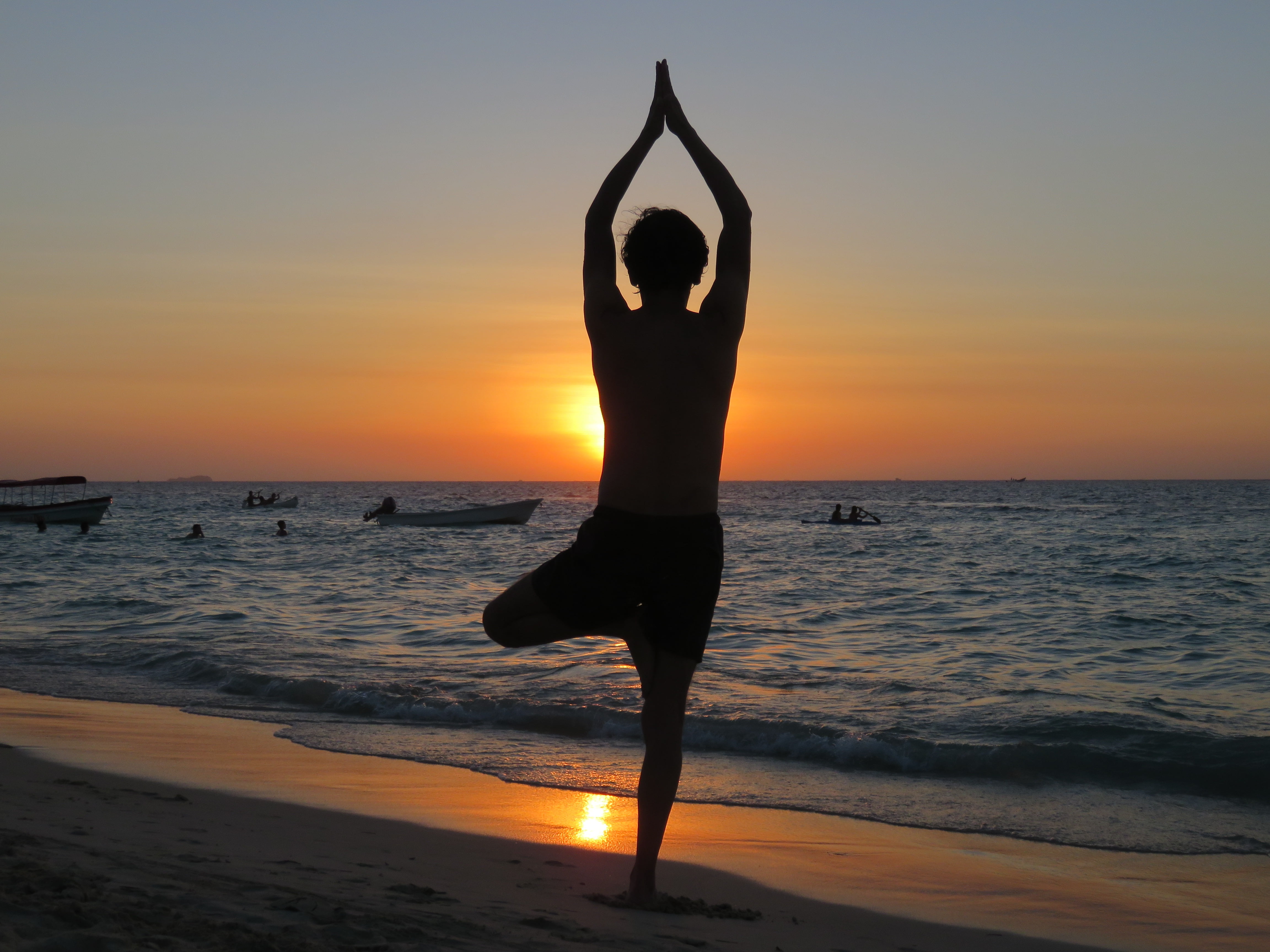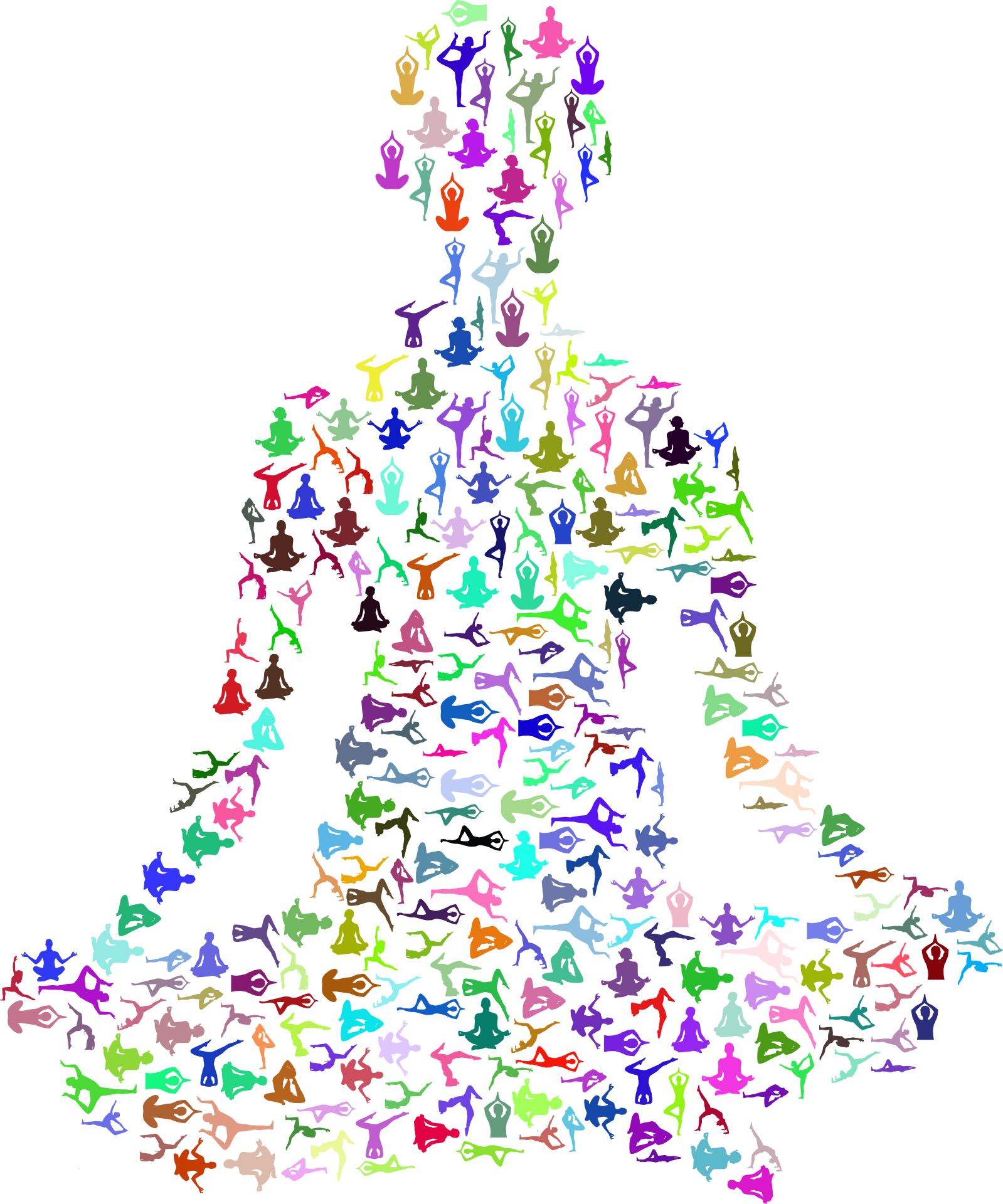As an Amazon Associate I earn from qualifying purchases.
Yoga seems to have taken over the world and turned into one of the most popular systems for self-development and exercise out there. However, for those who have never tried it, it is still surrounded by myths and misconceptions. Below is our review of the most common myths about yoga and why they are not true.
Yoga is only for flexible people
Yoga classes are sets of exercises aimed at gaining physical harmony by strengthening and relaxing the body. Indeed, a number of yoga asanas (postures) require a good stretch. However, their goal is not stretching in itself, but rather muscle relaxation. It is important to understand that yoga is about consistency, mindfulness, and love for your body, and it is not a competitive sport.
Flexibility in yoga develops, under the supervision of a teacher and with increased awareness of one’s body. Even if you don’t consider your b to body supple, over time you will see improvements in your flexibility, and more importantly, you will learn to accept that progress takes time. Perhaps difficult asanas will become easier for you, and even if they don’t, that’s okay. It is important to know and accept our limitations, after conscious consideration. Through listening to your body, you gradually move towards your goal. The fact is that to start yoga training does not require any special flexibility – you can start with any level of physical fitness. You only need to choose what suits you best and be patient.
Yoga is only for young people
All over the world people do yoga at any age. Moreover, the practice improves appearance, heals the body and gives a lot of positive effects. People of all ages become interested in yoga, start practicing and get impressive results! Modern yoga teachers, including the famous Hatha teacher B.K.S. Iyengar, emphasize that yoga is for all ages, the main thing is to practice regularly and correctly. In a way, yoga (and especially its therapeutic aspects) is even more relevant to the mature practitioners, as they can be more attentive to themselves, often achieving deeper and more conscious results.
Yoga is for women only
Initially, the practice of yoga was exclusively male. Yoga was practiced in closed ashrams, under strict secrecy by transferring knowledge from teacher to student. Western culture adapted it to everyone and simplified it, opening schools to anyone interested in this ancient practice. All people are in search of inner harmony and tranquility, want to avoid illnesses and live in good health. Yoga offers something for anyone who is interested in physical, mental or spiritual development and is not a discipline only for women or only for men. Many men (including athletes) practice yoga regularly, and they have found that this gives them great benefits in all areas of life.
You need to go to yoga class every day
Regular practice is key if you want to achieve profound results. It helps you increase the mobility of joints and the elasticity of the ligaments, which are necessary for achieving more challenging asanas. But don’t worry if you can’t go to class every day. Yoga is good in that you can practice it anytime, anywhere. Even short exercises are helpful. Ten minutes is enough to feel better. A little morning practice can improve blood circulation, strengthen your body and give you a sense of harmony. And even if you cannot swing that – don’t worry. Yoga will still be beneficial for you, even if you do not do it every day. The important thing is that you engage in regular conscious practice and you are aware of your progress.
Yoga is a religion.
Yoga is a system of spiritual self-improvement. It is practiced by Christians, Muslims, Buddhists, and atheists. Yoga does not impose and does not require any religious ideas or preferences; on the contrary, it leads to clarity of mind, makes a person analyze their actions and intentions. Yoga is tolerant of all faiths. The basis of all practices is the idea of gaining inner freedom. Yoga teaches you to set goals and consistently work towards them. Your goal can be anything – to become calmer, become healthier, to reveal creativity or find harmony. Yoga helps us reach balance and overcome challenges on the mat and in everyday life.
Need to follow a vegetarian or vegan diet
Many equate vegetarianism and yoga, but this is not true. There are no absolute prohibitions in yoga, there are only recommendations that are relevant at various stages of practice. The person practicing yoga decides whether to eat meat or refuse it, simply by listening to the needs of their body. There are some recommendations (including nutrition) that help accelerate progress in the practice and increase its effectiveness. For example, it is recommended to exclude intoxicating substances, as they lower awareness, dull personality and take a huge amount of energy, which contradicts the essence of yoga. Over time some yoga practitioners decide to refrain from meat, however, this is not obligatory and nobody will make you do it.
Yoga does not provide sufficient physical activity
Many people believe that yoga is an endless relaxation exercise that does not allow you to work out all muscle groups or develop endurance. It is enough to attend a power yoga class or Ashtanga-vinyasa class to realize this is not true. Today there are many types of yoga classes that train endurance and require strength and stamina. Some types of yoga require serious physical training, and should not be recommended to beginners. Basically, yoga can accommodate anyone’s needs in terms of physical activity.
Moreover, due to the large number of different practices that can be mastered, yoga provides great variety. If you went to a class which seemed boring to you – just check out other teachers or different yoga studios – this way you can find a style and approach to your liking. Whether you are engaged in strength training (anaerobic), and cardio training (aerobic), yoga can provide tools for development in both directions. If you don’t feel challenged enough, it’s worth trying out a teacher who gives a large number of exercises in a single class. In time, you can switch to a more thoughtful practice, reducing the number of exercises in one class or increasing its duration.
In summary, yoga has embraced diversity and can bring benefits to anyone who decides to try it out. You just need to approach it with patience and an open mind. Once you find the best practice for you, you will start on your journey to better shape, increased awareness and happier life.
Amazon and the Amazon logo are trademarks of Amazon.com, Inc, or its affiliates.



